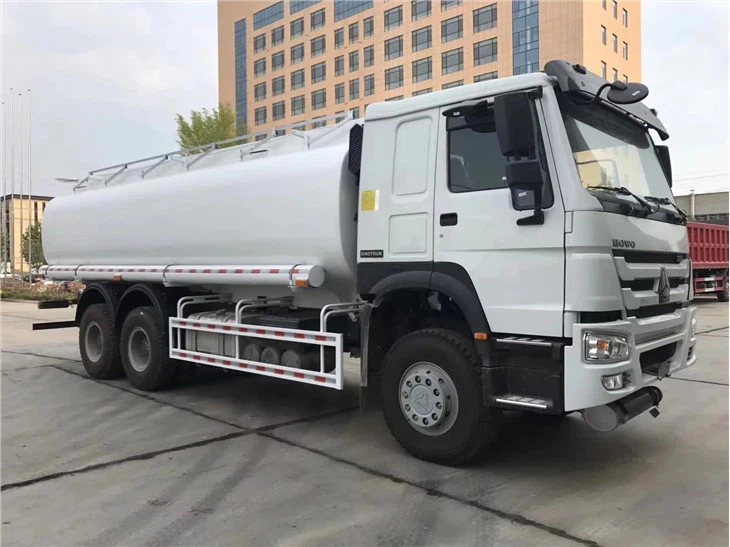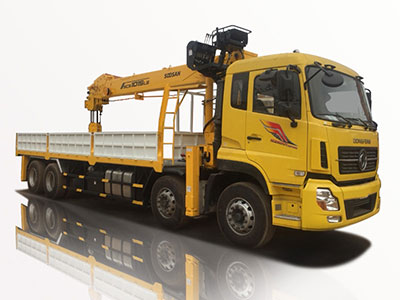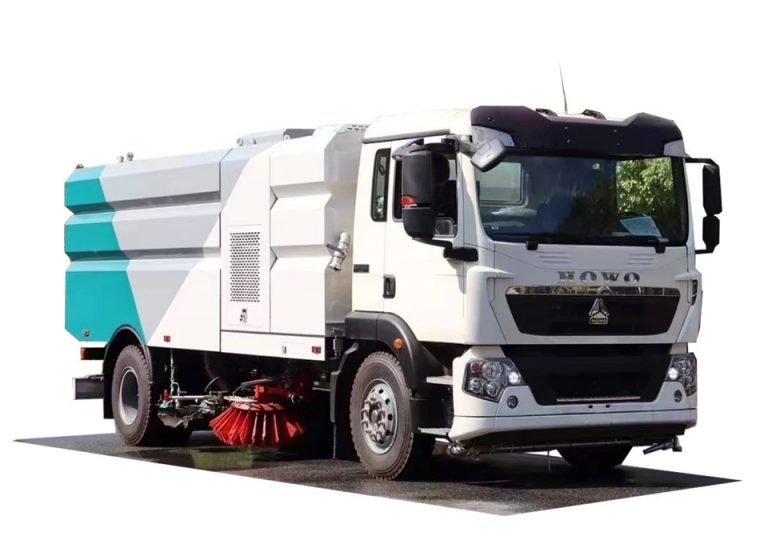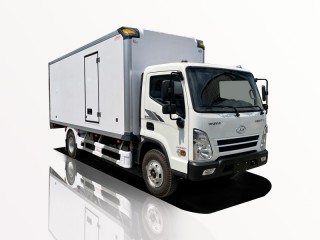Garbage trucks are a crucial component of waste management systems around the world. Among these vehicles, some stand out due to their size, capacity, and technological features. In this article, we will explore the biggest garbage trucks, their specifications, and how they contribute to effective waste management. We’ll also highlight some of the largest garbage trucks ever manufactured, their unique features, and answer frequently asked questions related to these behemoths of the waste collection industry.
Understanding Garbage Trucks
Garbage trucks are specially designed vehicles used for the collection and transport of waste materials. They come in various sizes and configurations, depending on the waste collection needs of different communities. The biggest garbage trucks are designed to handle large volumes of waste efficiently.
Types of Garbage Trucks
Garbage trucks can primarily be classified into several types based on their designs and functions:
- Rear Loader: Most common type; the waste is loaded from the back. Ideal for residential areas.
- Front Loader: Used for commercial waste collection; containers are emptied from the front.
- Side Loader: Has an automated arm for curbside collection, reducing the need for manual labor.
- Compactor Trucks: These trucks are equipped with a compaction system to compress waste, allowing for easier transport.
- Open-top Roll-off Trucks: Used for specific projects or large waste hauls, offering large open containers.
What Makes a Garbage Truck “The Biggest”?
When defining the biggest garbage truck, several factors come into play, including:
- Capacity: The amount of waste a truck can carry, typically measured in cubic yards.
- Weight: The gross vehicle weight rating (GVWR), which determines how much a truck can safely carry.
- Dimensions: Overall size, including length, width, and height that affects maneuverability.
- Technological Features: Innovations that enhance efficiency, safety, and environmental sustainability.
Key Specifications of the Largest Garbage Trucks
| Truck Model | Capacity (Cubic Yards) | Weight (GVWR) | Dimensions (L x W x H) |
|---|---|---|---|
| International 4900 | 30-42 | 33,000 lbs | 24′ x 8′ x 12′ |
| Peterbilt 320 | 35-45 | 30,000 lbs | 26′ x 8.5′ x 13.5′ |
| Freightliner M2 106 | 30-40 | 26,000 lbs | 23′ x 8′ x 12′ |
| Kenworth T370 | 35-50 | 26,000 lbs | 25′ x 8.5′ x 13.5′ |
Examples of the Largest Garbage Trucks in the World
Several garbage trucks have gained notoriety for their impressive sizes. Here are a few notable examples:
1. Volvo FE Electric
The Volvo FE Electric is one of the largest electric garbage trucks in the world. Designed specifically for urban waste collection, it boasts a capacity of 26 cubic meters (approximately 34 cubic yards) and maintains a gross weight of around 18 tons. This truck is ideal for cities aiming to reduce pollution, as it operates quietly and produces zero emissions.
2. Mack LR Electric
The Mack LR Electric is another significant player in the world of garbage trucks. Known for its heavy-duty capabilities, this truck can carry up to 32 cubic yards of waste while offering a strategic design that emphasizes driver safety and comfort. Like the Volvo, it’s also designed for urban settings, contributing to a cleaner environment.
3. RORO Trucks (Roll-On/Roll-Off)
Roll-On/Roll-Off trucks are among the largest vehicles used in waste management, primarily for industrial and construction projects. These trucks can handle enormous containers filled with debris and waste, making them indispensable for large-scale clean-ups. Their carrying capacity can exceed 50 cubic yards, depending on the configuration.
How Big Garbage Trucks Contribute to Waste Management
The presence of large garbage trucks within waste management systems offers substantial benefits, including:
Increased Efficiency
Big garbage trucks can collect and transport larger volumes of waste in a single trip, ensuring that collection operations run smoothly and reducing the frequency of service needed.
Cost-Effectiveness
Although they come with a higher initial investment, their efficiency translates into lower operating costs over time. Fewer trips mean lower fuel consumption and labor costs.
Environmental Impact
With advances in green technology, many of the biggest garbage trucks now utilize cleaner sources of energy. Electric models significantly reduce carbon emissions and help cities achieve their sustainability goals.
Practical Tips for Operating Large Garbage Trucks
Operating a large garbage truck requires skill and awareness. Here are some practical tips for drivers:
1. Familiarize with the Vehicle
Before operating, spend time getting to know the truck’s controls, dimensions, and blind spots. Understanding how it handles in different conditions is crucial.
2. Regular Maintenance
Maintaining the truck is essential for safe operation. Regular checks on brakes, tires, and hydraulic systems can prevent breakdowns and accidents.
3. Strategic Route Planning
Plan routes that maximize efficiency. Utilize software that considers traffic patterns, waste collection points, and turnaround times to minimize delays.
4. Safety First
Always adhere to safety guidelines, including wearing seat belts, ensuring all safety signals are operational, and staying vigilant for pedestrians and other vehicles.
Frequently Asked Questions
1. What is the average weight of a garbage truck?
The average weight of a garbage truck varies by type, but most range from 26,000 to 33,000 pounds (approximately 11,790 to 14,970 kg).
2. How often do garbage trucks empty their loads?
The frequency of garbage truck operations depends on the collection route. In urban areas, trucks may operate daily, while suburban areas might see collections weekly or bi-weekly.
3. Are there electric garbage trucks available?
Yes, many manufacturers now produce electric garbage trucks such as the Volvo FE Electric and Mack LR Electric, which are designed for environmentally friendly waste management.
4. What types of waste can garbage trucks collect?
Garbage trucks are designed to collect various types of waste, including residential trash, recyclables, and commercial waste. Some specialized trucks can also handle construction debris.
5. How does the compaction system work in a garbage truck?
A compaction system compresses waste materials inside the collection chamber, allowing the truck to carry more waste per load. This process is crucial for maximizing efficiency and minimizing trips to the landfill.
6. What maintenance is required for garbage trucks?
Regular maintenance includes checking the engine, brakes, tires, hydraulic systems, and ensuring the truck’s body is clean and free from debris. Following a detailed service schedule is essential for safety.






